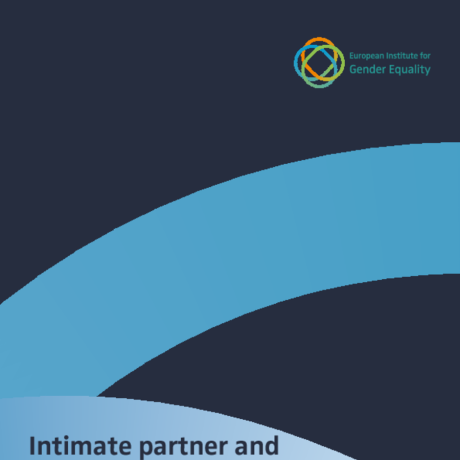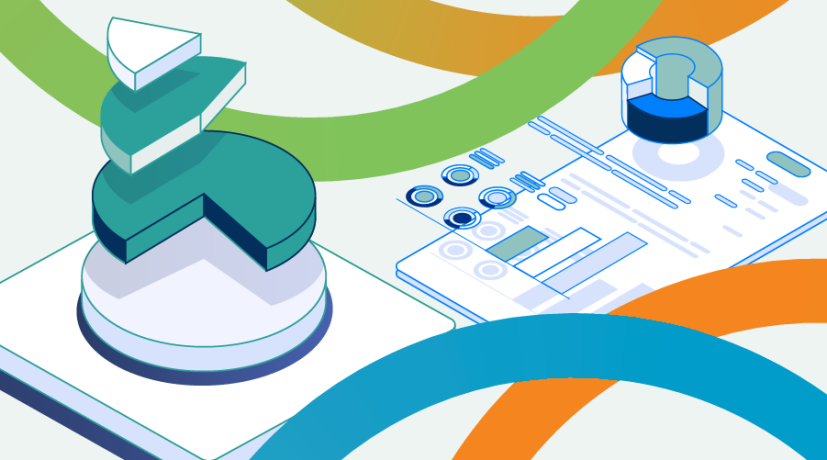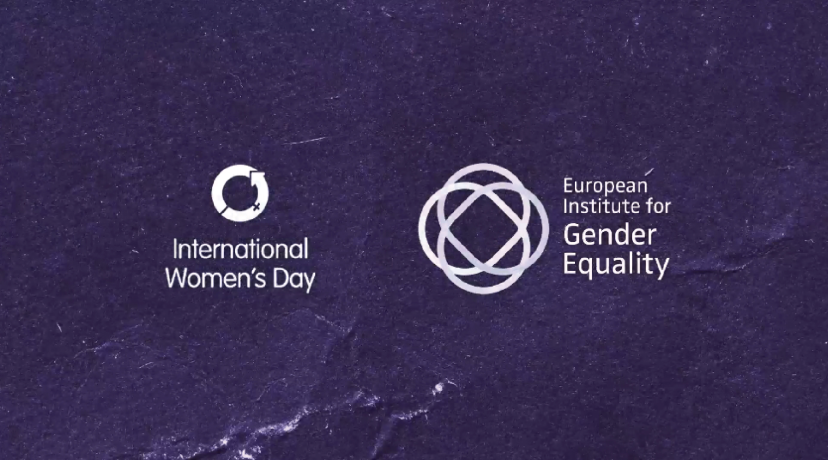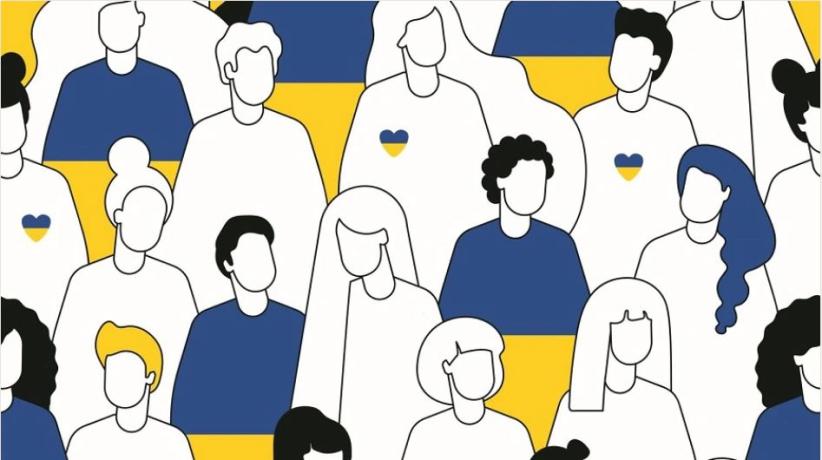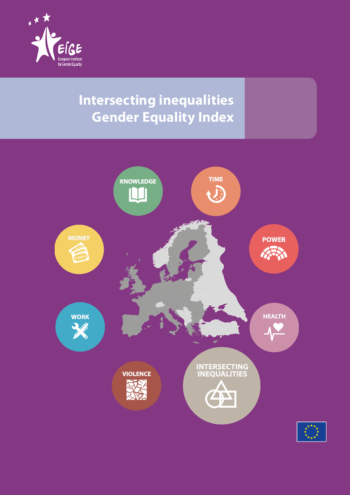
“United in diversity” has been the motto of the European Union (EU) since the new millennium. Since its inception, the Gender Equality Index has strived to reflect this diversity. Intersecting inequalities capture how gender is manifested when combined with other characteristics such as age, dis/ability, migrant background, ethnicity, sexual orientation or socioeconomic background. An intersectional perspective highlights the complexity of gender equality.
The Gender Equality Index incorporates six core domains – work, money, knowledge, power, time and health – with two additional domains of violence and intersecting inequalities. The core domains measure gender gaps in different areas of life and form the basis of the calculation of scores for Member States, while the domain of intersecting inequalities adds further detailed understanding to gender inequality by acknowledging the diversity among women and men.

